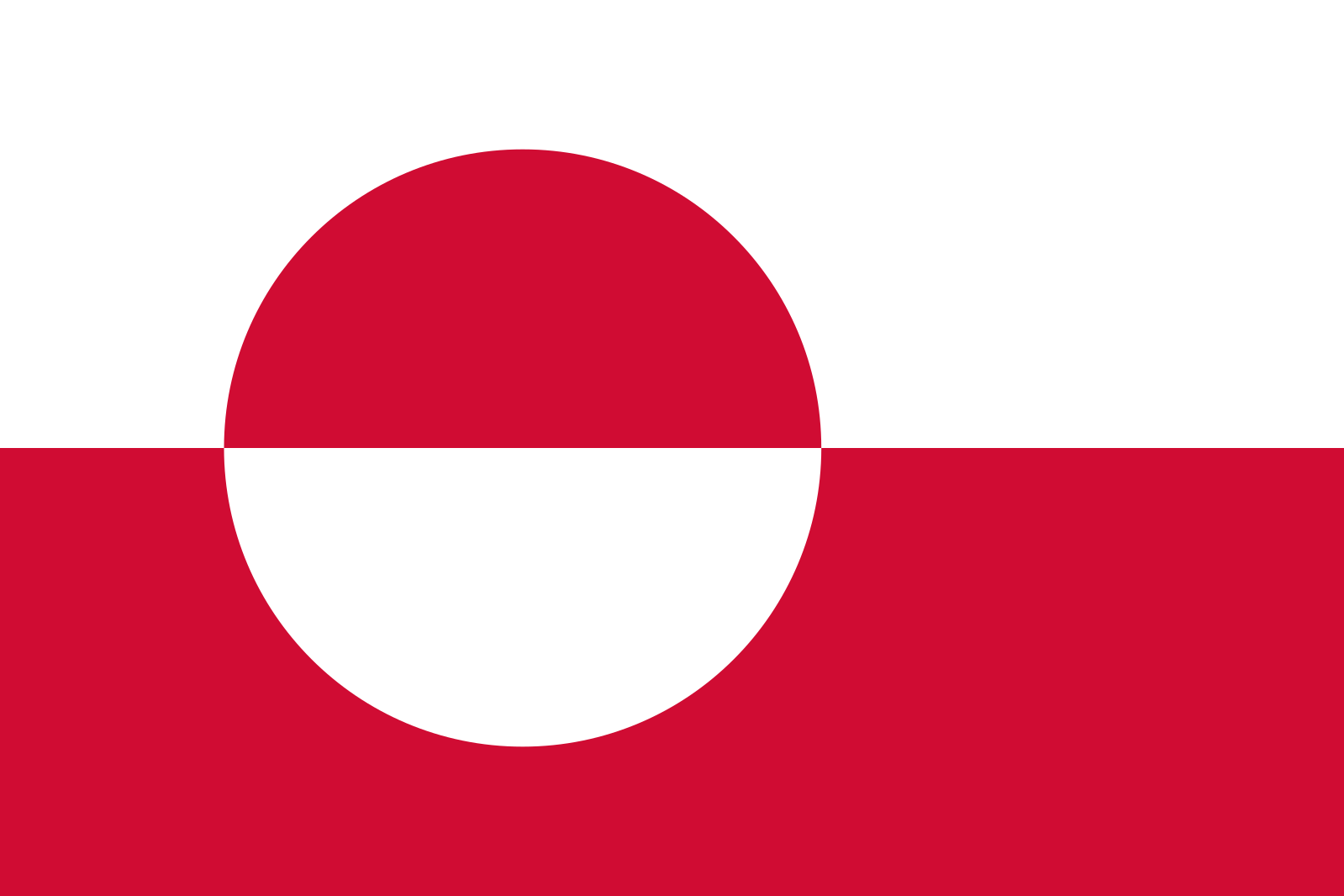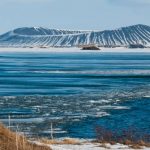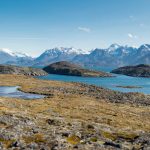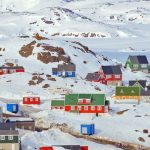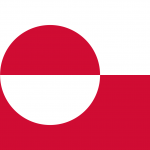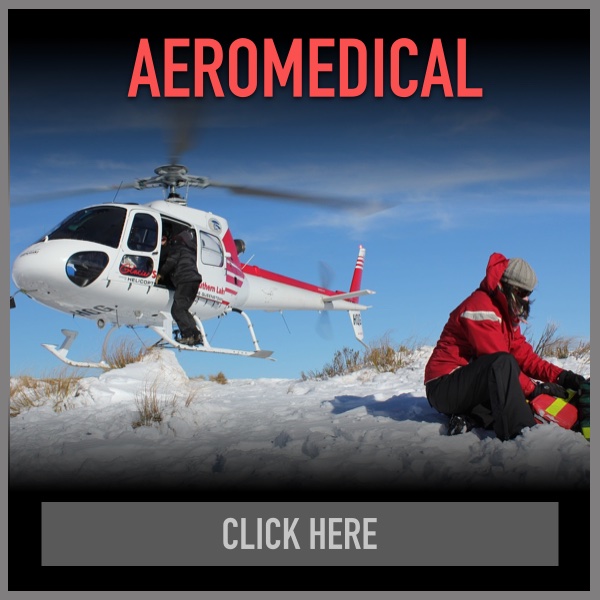Greenland (Greenlandic: Kalaallit Nunaat; Danish: Grønland) is the world’s largest non-continental island, in the far northeast of North America, largely within the Arctic. Although it is still part of the Kingdom of Denmark, it was granted self-government effective in 1979, more recently it voted for more autonomy, in effect making it a separate country with formal ties to Denmark. Some inhabitants are now projecting the eventual road to full independence. Copenhagen remains responsible for its foreign affairs and, of course, is a source of investment.
The closest neighbouring countries are Iceland to the South-East, Canada to the West and Svalbard in Norway to the North-East.Although some maps with flat projections of the globe tend to make Greenland look the size of Africa, it is actually “only” about the size of Mexico. Greenland has the world’s lowest population density.
It represents some 97% of the area of the Kingdom of Denmark. The Danish territorial claim is rooted in the 10th-century explorations of the Vikings, though administrative power has changed hands several times over the centuries due to developments in Europe. The native Greenlanders, or Kalaallit, are Inuit descendants of nomads from northern Canada. (Unlike in Alaska “Eskimo” is offensive in Canada and Greenland.)
According to the Icelandic Sagas, Erik the Red chose the name “Greenland” to entice settlers from Iceland. In fact, Greenland has far more ice cover (about 84% of its surface area) than Iceland does, but the southern coasts the Vikings settled are green in summer, and were likely more so during the Medieval Warm Period.
Be careful with maps of Greenland, as many Greenlandic names simply reference a particular geographical feature. For example, “Kangerlussuaq” means “Big Fjord” and so is not only the Greenlandic name for Søndre Strømfjord.
When visiting a city or village don’t be afraid to ask for directions of shops, places to eat or somewhere to sleep, even if you think there might not be any. Most places (even Nuuk) are small enough for everyone to know where everything is, and therefore no one bothered to put up a sign. Don’t be surprised to find a fully equipped supermarket inside a grey factory-like building in the middle of nowhere.

